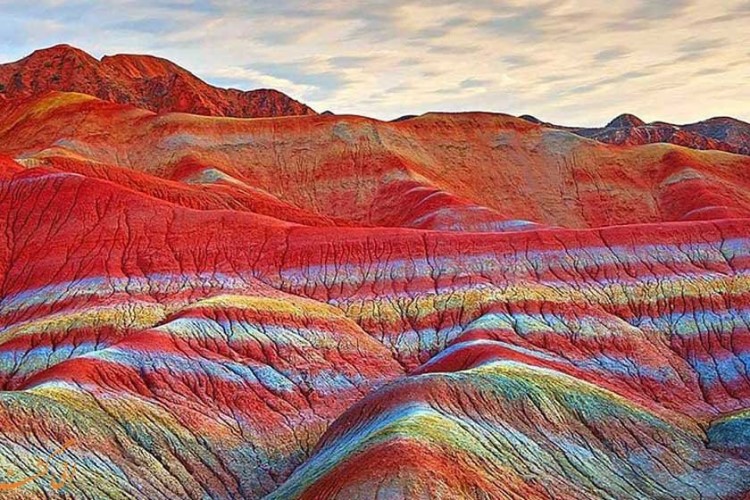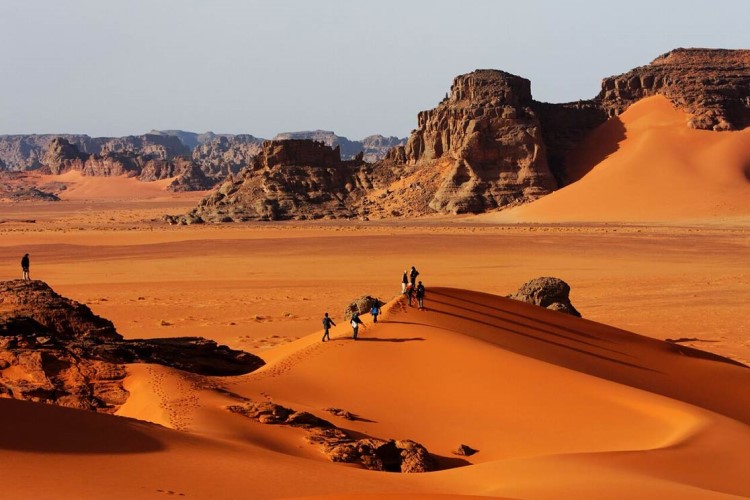
There is a landmark or historical place to see in almost every corner of the huge country of Iran. Landmarks that each year attract many tourists and travelers. However, among them, the Iran Mountains certainly have their fans. They are natural attractions covering our country from the north to the south and east to the west. Therefore, this has prompted many climbers to travel to our country every year to go up the most famous mountains of Iran and make Iran mountain climbing a unique travel experience for themselves.
Then again, Iran is geographically and climatically very diverse and one of the few countries where there are four seasons at the same time. When it is snowing in Tehran, spring yellow daffodils bloom in Shiraz, and it is mid-summer in Chabahar. When you travel to Iran, you must visit the appropriate region for each season to experience the best things for yourself. In this article, we would like to introduce you to the best climbing destinations in Iran.
Why Iran mountain climbing?
An attractive country for climbers, Iran has beautiful mountains. Iran mountain climbing can be a wonderful experience for everyone. While some people mistakenly believe that Iran mountain climbing trips are only for professional climbers, the truth is not so. You don't have to be a professional mountaineer or have climbing equipment to be able to visit the mountains. All you need is to head out and take a half-day picnic with you. You don't need to reach a summit, simply sitting on the mountainside for a few hours and enjoying the greatness and power of the mountains is enough.
Damavand Mountain
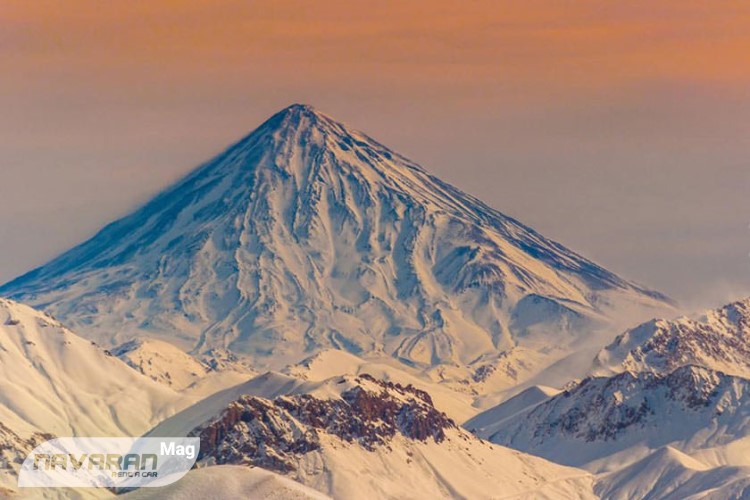
A few mountains like Damavand play a significant role in Iranian literature and legends. Damavand is the place where Arash Kamangir stood and put all his life and energy into an arrow to draw the border between Iran and Turan. Damavand is the same mountain where Fereydoon took Zahhak and kept him captive forever. Damavand is a mountain that appears in photos and posters as a symbol of Iran and Iranians. This beautiful mountain is located in Mazandaran province, in the city of Amol.
Previously, you were able to see the beautiful Damavand from everywhere in Tehran. However, since the towers and apartments have been built on every corner of the city, there is no way to see Damavand. Nevertheless, you can see Damavand from various parts of Tehran, Varamin, and Qom. Damavand represents the highest volcanic peak in Iran and, of course, in the Middle East and is regarded as a semi-active volcano. Damavand volcanic crater diameter is 400 meters and its surface is covered with frozen water. It is located in the center of the Alborz Mountains in the Central Alborz region.
Mount Damavand has a long life span. It is estimated that the age of this mountain is at least 38,500 years. The mountain's altitude is 5,610 meters and is situated in the south of the Caspian Sea. The 13th of July is the national holiday of Damavand. Damavand peak has been added to the list of natural monuments of Iran, and its image has been printed on the back of banknotes several times in the last hundred years.
It is also very popular among mountaineers who are looking for Iran mountain climbing. There are four routes to climb the peak: the north face, which is said to be the most difficult route, the northeast face, the west face, and the south face, which is considered to be the easiest route. Located on the same route is the Ice Waterfall, a waterfall that can melt part of its ice for only one hour during a very hot summer afternoon. Damavand ice waterfall is unique in the world.
Alam Kuh Mountain
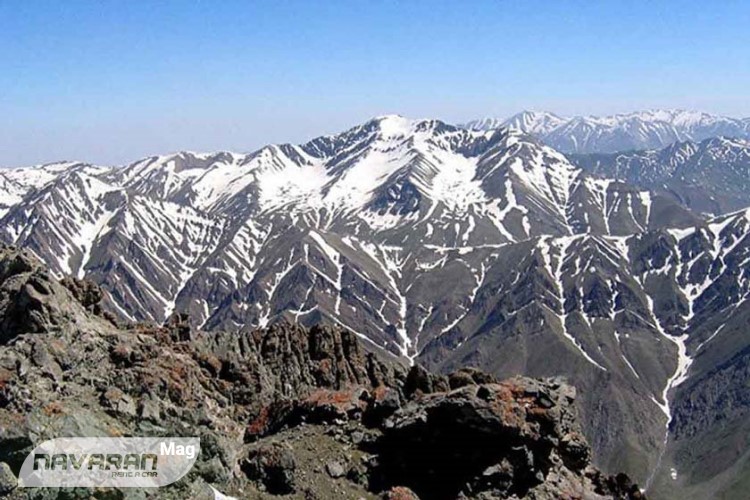
With a peak height of 4850 meters, Alam Kuh is located in Mazandaran province in the Takht Suleiman region and is regarded as one of the Iran mountain climbing destinations and tourist attractions of Kelardasht. After Damavand, this mountain is the highest in Iran. The major reason for the popularity of Alam Kuh is not its enormous height, but the wall that is located on the northern slope of the mountain which is one of the most difficult routes for Iran mountain climbing and wall climbing in our country.
While this peak is the second highest in Iran by height, it ranks first among the famous peaks in Iran in terms of the difficulty of the climbing route. With 47 peaks above 4,000 meters and numerous glaciers, snow pits, and walls, the Takht Suleiman region is the best-known mountain region in Iran and a famous name for both domestic and foreign climbers who are looking for Iran mountain climbing.
Alam Kuh wall, as mentioned above, is renowned for its difficult climbing routes. Similarly, Alam Kuh and its wall have always been the focus of foreign climbers and many of them have climbed this mountain. As mentioned earlier, this wall is located on the peak's north face. Known as the Iranian Alps, this wall is about 700 meters long and 450 meters wide. Its material is porous granite and has a light brown color.
This wall is considered one of the most beautiful and difficult walls in the world. Moreover, if you read somewhere that the altitude of this wall is 800 meters, it is not wrong, because the Alamchal glacier has an approximate altitude of 4050 meters at the foot of this wall with a fairly steep slope, and the estimated altitude of 800 meters mentioned in some sources is including this part.
Sabalan Mountain
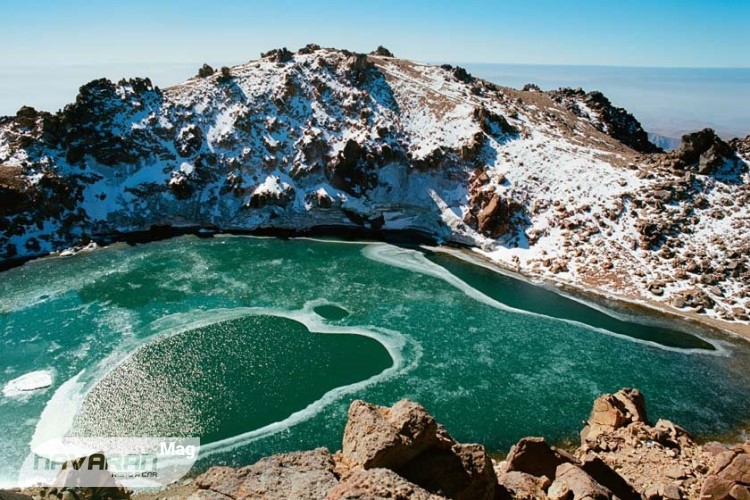
Without a doubt, one of the most beautiful mountains in Iran is located here. Sablan is a sacred mountain that holds great value and importance, especially among the locals. Located in the province of Ardabil, Sabalan, or as it is called in Turkish, Savalan, is the third highest mountain in Iran and one of the best places for Iran mountain climbing. This semi-active volcanic mountain is situated between Ardabil and Meshkinshahr, 25 km southeast of Meshkinshahr and 35 km west of Ardabil.
Sablan has three famous peaks, of which the largest is Sultan Savalan and the other two are Haram and Kasra. A stone slab in the shape of an eagle facing east is the symbol of Savalan. This stone eagle is located on the west of the peak of Sultan Savalan. Nevertheless, aside from Mount Sablan's symbol, ancient writings have mentioned that this mountain was the place of worship and the dispatch of the Prophet Zoroaster. According to some people, Zoroaster's tomb is next to the lake on the Sablan peak.
The lake above the summit is one of the attractions of Mount Sablan, not only because of being the possible tomb of Zoroaster but also because of its natural beauty. Anyone who makes it to the top of Mount Sablan will look down on a spectacular lake that sits about 25 meters below the rim of Mount Sablan's volcanic cone. It appears as if the volcanic cone is like a mother holding the lake in her arms. This lake's water is filled with snowfall and is frozen most of the year. A large amount of snow is another attraction of this mountain, having made a popular ski resort, namely the Alvares Ski Resort, which is one of the best Iran mountain skiing places.
The peak of Sablan is climbed by many mountaineers, and there are three climbing routes. The first is the northeast route, which is more sought after and starts in the south of the town of Lahrud. The second one is the western route, which goes from Qaragol Lake, and finally, the southern route, which has no protection. Mount Sablan has been included in the list of national natural monuments.
Dena Mountain
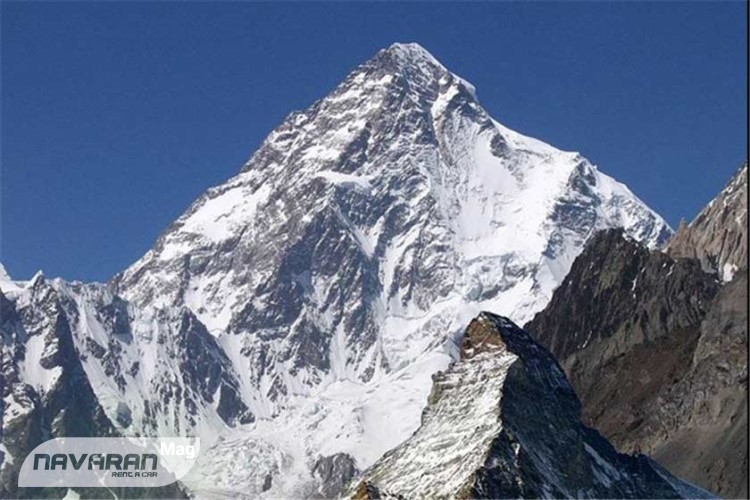
Dena Mountain is regarded as the highest mountain and the largest fold of the great Zagros Mountains and features a ridge of almost 90 kilometers and is located between the three provinces of Kohgilouyeh and Boyer Ahmad, Isfahan, and Fars. There are 49 peaks above 4000 meters, making it a perfect option for Iran mountain climbing. However, there is a common misunderstanding about Dena: Dena is not a peak, but a mountain range. Stretching from the northwest to the southeast, the Dena Mountains are divided into three main ranges and a vertical sub-range by three gorges - Bijan, Western Morgol, and Potak.
Dena peak's altitude is 4,448 meters. There are 49 peaks in this mountain range, of which Qash Mastan or Bijan 3 is the highest. The peaks of Morgol, Qezel Qaleh, and Borje Asemnai or Bijan 2 are other important peaks of this range. The shortest peak of the Dena Mountains is Gol Farhad, which is 4,400 meters high. The nearest town to the Dena Mountains is Sisakht, the center of the city of Dena. Some parts of the Dena Mountains have been designated as protected areas, starting in the north of Siskhat. Hunting is prohibited in this area, and you need a permit even to enter.
There are three caves in the Dena Mountains, Dangazloo, Nol, and the Ice Cave, as well as numerous springs, of which Mishi, Shernik, and Speed springs can be mentioned as the most important ones. Worth mentioning among the rivers that spring from this peak are Rigan, Marbar, Mirian, Kooh Gol, Saris, Tizab, and Dezkord.
Dena is famous for its thousand-year-old oaks, but there are also several other species of perennials and shrubs such as Arjan, Gavan, and mountain cypress. Dari partridge, brown bear, leopard, wild boar, forest squirrel, weasel, palace cat, lynx, Iranian yellow deer, and goat are some of the animals in this area. The Dena Protected Area has been declared a Biosphere Reserve by UNESCO.
Also You May Interested in This Article: Top Adventurous Winter Destinations in Iran
Zard Kuh Mountain
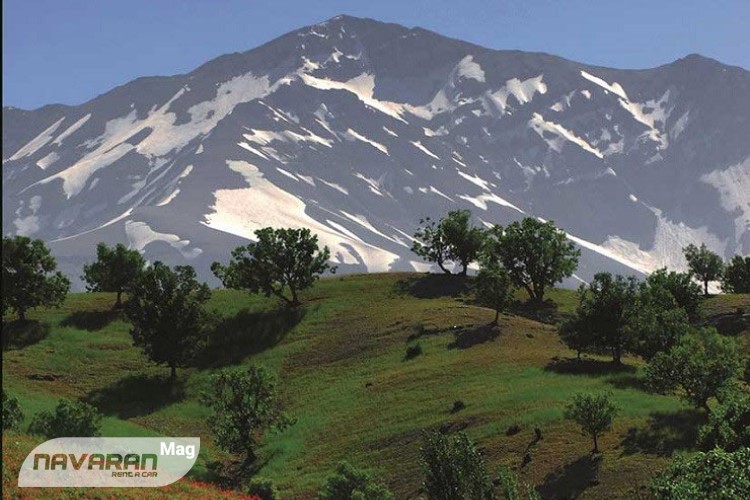
Zard Kuh Mountain is yet another mountain of the Zagros Mountains and is regarded as the highest mountain after Dena. Its altitude is about 4,200 meters. Zard Kuh Mountain stretches from the west of Chaharmahal and Bakhtiari provinces to the east and northeast of Khuzestan province. The most prominent feature of Zard Kuh Mountain is its natural water resources. The sources of the two rivers Karoon and Zayandehroud are located on these slopes.
Climbing Zard Kuh Mountain in winter is very challenging, appealing, and exciting for mountaineers, which has made Zard Kuh Mountain one of the most popular Iran mountain climbing destinations for professional climbers. The walls and deep valleys in the western part of Zard Kuh Mountain make climbing difficult and exciting for professionals. In addition, Zard Kuh Mountain is home to the main glaciers of Zagros.
Summer is the best time to visit Zard Kuh Mountain. The majority of sightseeing tours that take travelers to Zard Kuh Mountain choose summer and sometimes spring as their travel time. If you want to hike or travel in this area, it is better to choose August and September for your trip, unless you are a professional climber and are looking to face the challenges of a difficult winter climb.
To get to Zard Kuh Mountain, first, you need to travel to Shahrekord. Proceed from Shahrekord to the town of Chelgerd. A few kilometers before this town, a side road on the left will lead you to a dirt road after crossing the heights. About ten kilometers on a dirt road you will reach the dam site and the start of the second tunnel of Koohrang. If you are looking for the best places for Iran mountain climbing, Zard Kuh could be one of your best options.
Shirkooh Mountain
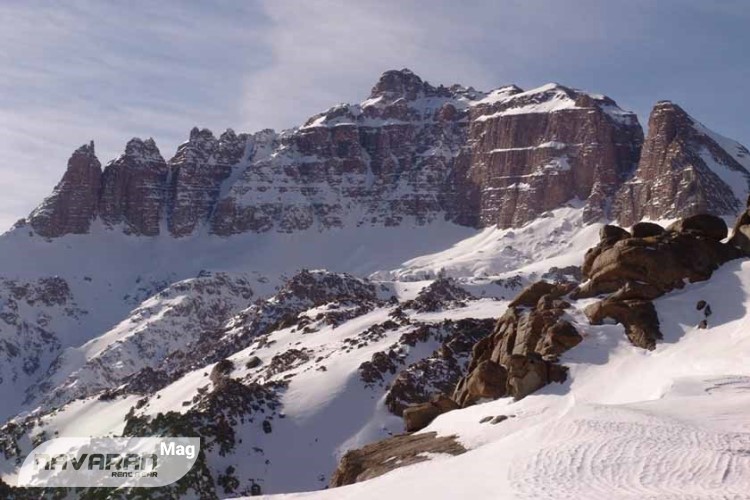
Shirkooh mountain peak with an altitude of 4075 meters in Yazd province is in the central part of Iran and is surrounded by desert on all sides. This mountain range has the city of Taft on its northeast side, the Abarkooh desert on its far west side, and the village of Sanich on its north side. Frequently covered with snow and ice in winter, this mountain supplies water to a large part of Yazd province. As a result of its proximity to the desert, a strong and dry wind blows on this peak during some days of the year. Although Shirkooh is identified as one of the single mountains of Iran, it is a part of the Zagros Range.
Having an altitude of 4075 meters, Shirkooh is among the 1515 most important and prominent mountains in the world and is as well one of the peaks on the 31-summit list of the Iran Mountaineering Federation. It is one of the remains of the late third geological age, and besides the main granite structure, igneous and volcanic rocks are visible in the texture of the mountain, which have been partially lost due to natural erosion. While it may seem that climbing this mountain is more suited for mountaineers or professional nature hikers and that other people cannot climb this mountain, Shirkooh's distinctive feature is its medium difficulty level, which draws many tourists.
Because of the numerous water resources in this mountain, the aqueducts of Taft, Mehriz, and part of Yazd are being fed from this area and it is the main source of water supply in Yazd province. The existence of this mountain range in Yazd province has imparted a mountain climate to this region and has transformed the village of Dehbala into a large summer camp hosting many tourists every year in spring, summer, and autumn. The severe winters in this region decrease the number of tourists and attract only professional mountaineers and nature lovers looking forward to Iran mountain climbing.
Taftan Mountain
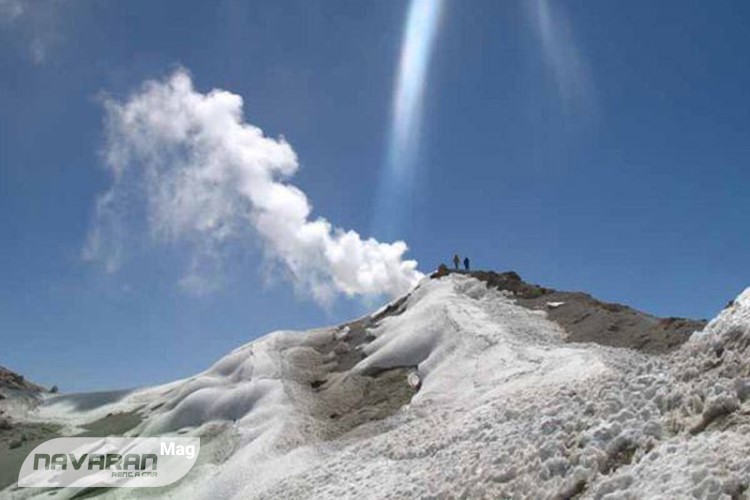
Mount Taftan is considered one of the most famous mountains in Iran. While it is not one of the Alborz and Zagros mountains, its high altitude, and history as a volcano in the past have made it very famous. Mount Taftan is situated in Sistan and Baluchistan province, and its highest peak is about 4 040 meters above sea level. The closest town to Mount Taftan is Khash, which is about 100 km away from it. This city is host to many people looking forward to Iran mountain climbing every year.
Taftan Mountain, for all its altitude, is covered with snow and ice during short periods of the year, despite its location in an area with a hot and dry climate. On the slopes of Mount Taftan, the vegetation includes mountain shrubs, argen, mountain almond, sedum, Blackwood, and shrubs such as thyme, chicory, rhubarb, and oregano. There are also wolves and jackals among the animals of this region.
Taftan mountain peaks are spread over a 12 km long area. There are four peaks with three ridges on this mountain. Its famous volcanic peak of Taftan Mountain is called "Chehel Tan" and reaches an altitude of about 4,040 meters above sea level. The peak "Chehel Tan" is also known as "Ziarat". The name of Chehel Tan comes from an ancient legend that forty religious questors were lost on this mountain.
Ziarat peak is located on the north side of Taftan Mountain, and on the south side of Taftan Mountain is "Mother Mountain", which is shorter. The two other peaks to the northeast and west are called "Sobh Kooh" and "Nar Kooh", respectively. Mount Taftan is located in the province of Sistan and Baluchistan, in the area between Sarhad and Taftan, close to the city of Khash, and there are several access routes to Mount Taftan from these surrounding areas.
Conclusion
In this article from Navaran magazine, we have presented you with 7 of the best peaks in our country that are great for Iran mountain climbing. If you are interested in mountain climbing, Iran can be a very attractive destination for you. All these peaks located in Iran's extremely beautiful and diverse nature are there for you all year round. Whether you are a professional climber or an amateur, a trip to one of these peaks and Iran mountain climbing can be an unforgettable experience for you.
If you want to experience a road trip in Iran in addition to Iran mountain climbing, you can rent a car from Navaran in any city of Iran you are in. For example, if you rent a car at Tehran airport, you can easily drive to Damavand peak and climb it. Undoubtedly, in the market of car rental in Iran, Navaran Company is one of the best options for customers, and with easy conditions to rent a car in Iran and a good selection of several cars, it can meet your needs for car rental in Tehran.
